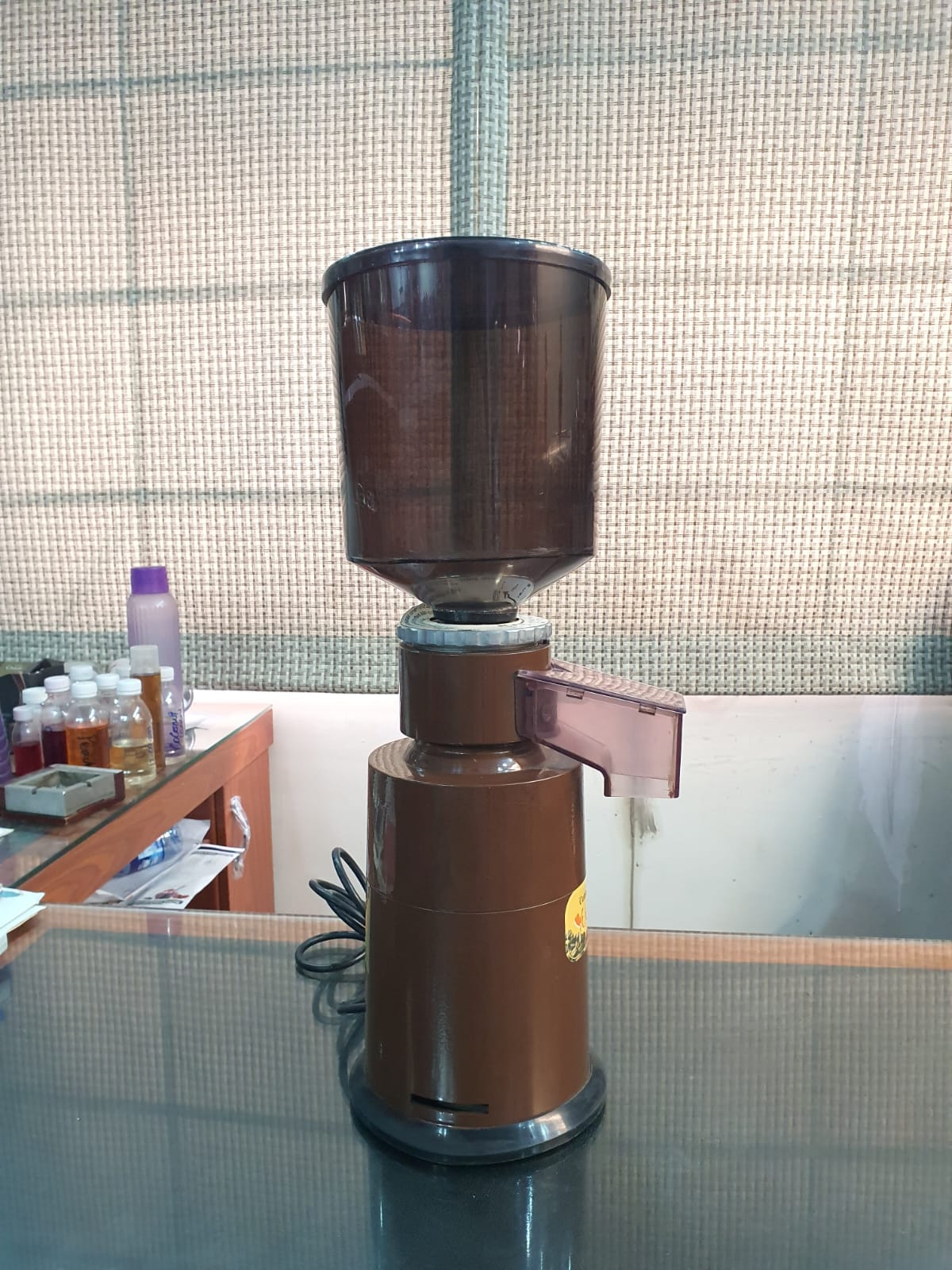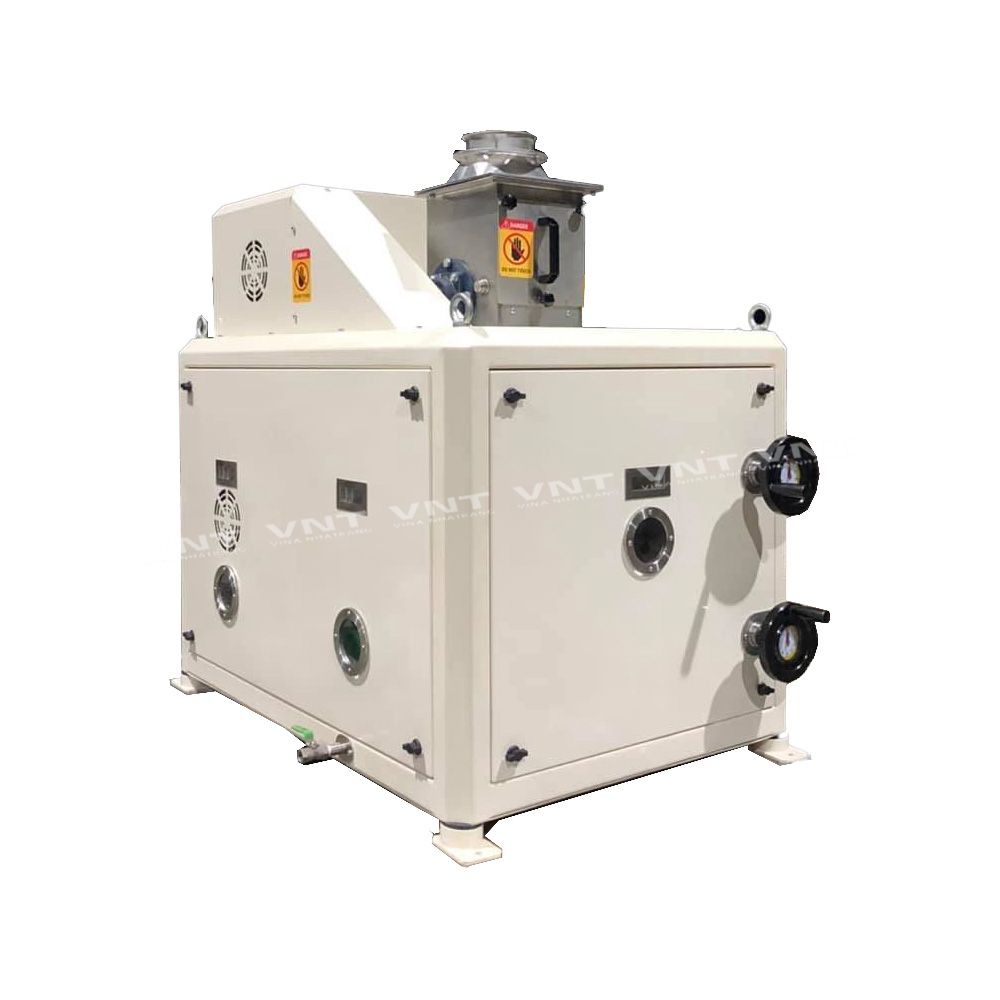Industrial Coffee Grinder vs. Personal Grinder: Key Differences Outlined
Industrial Coffee Grinder vs. Personal Grinder: Key Differences Outlined
Blog Article
Industrial Coffee Mill Overview: Boost Effectiveness and High Quality
In the affordable landscape of coffee manufacturing, selecting the appropriate industrial coffee mill plays a crucial function in boosting both effectiveness and item top quality. Understanding the subtleties of different grinder types and essential features-- such as personalized grind setups and robust building-- can substantially affect the final taste account of the coffee. In addition, the optimization of the grinding process, coupled with attentive maintenance, is necessary for maintaining efficiency gradually. As we explore these crucial aspects, it becomes evident that the implications extend past plain equipment option, influencing total business success in manner ins which necessitate closer examination.
Understanding Grinder Kinds
When choosing a commercial coffee mill, comprehending the different types offered is critical for maximizing both taste extraction and operational performance. The 2 main types of mills are blade mills and burr grinders. Blade grinders make use of sharp blades that cut coffee beans into inconsistent sizes, leading to irregular removal and potentially unfavorable tastes. While blade grinders are frequently more budget-friendly and appropriate for small operations, they are typically not suggested for commercial usage.

Eventually, picking the best kind of grinder is essential to keeping quality and effectiveness in coffee manufacturing, making it necessary for companies to purchase high-grade burr mills for optimum results.
Trick Features to Consider
Selecting an industrial coffee mill requires careful consideration of several key functions that can significantly influence both performance and the total coffee experience. Among the main aspects to review is the grinding device. Burr grinders are normally favored over blade mills, as they provide a regular work dimension, which is essential for ideal extraction and taste.
Another vital feature is the mill's capacity. A flexible grinder with multiple settings permits you to customize the work size to various developing techniques, enhancing the coffee's flavor account.
The building material additionally contributes in sturdiness and maintenance. Stainless steel components typically provide longevity and are easier to cleanse, which is crucial for preserving hygiene standards. Last but not least, examine the grinder's sound level, especially in an active coffee shop or production setting, where excessive noise can be disruptive. Buying a mill website link that balances these features can greatly boost both operational effectiveness and the high quality of the coffee served.
Optimizing Grinding Process
To attain the most effective outcomes in coffee prep work, optimizing the grinding process is crucial. The work size substantially affects removal, taste, and overall high quality of the made coffee. Different brewing methods need details work sizes; as an example, espresso demands a fine work, while French press demands a crude structure. Understanding the relationship between grind dimension and developing approach is the very first action in optimization.


Furthermore, checking the grinding rate can maximize the procedure. Slower grinding usually creates less warmth, maintaining Visit This Link fragile tastes and scents. Conversely, much faster grinding may generate excessive warmth, adversely influencing the coffee's top quality.
Upkeep and Treatment Tips
Appropriate upkeep and care of industrial coffee mills are important for ensuring ideal efficiency and durability. Regular cleaning is the structure of upkeep; residue buildup can influence taste and grinding effectiveness. It is recommended to cleanse the mill after each use, wiping down the exterior and getting rid of any coffee premises from the burrs.
Furthermore, examine the grinding burrs for wear and tear. Plain burrs can endanger work uniformity, so they must be replaced as essential. Industrial Coffee Grinder. Regularly adjusting the grinder is also essential, as this maintains the desired grind dimension for different brewing approaches
Lubrication of moving components need to be done according to the producer's requirements, as this minimizes friction and prolongs the life of the equipment. It is important to utilize food-grade lubricants to make sure safety and conformity with health and wellness regulations.
Last but not least, keep the mill in a dry and stable atmosphere to avoid rust and deterioration. By sticking to these upkeep and care pointers, drivers can enhance the effectiveness of their industrial coffee mills while guaranteeing top quality result and prolonged operational life.
Roi Evaluation
Reviewing the return on investment (ROI) for industrial coffee mills is essential for services looking for to maximize their coffee manufacturing capabilities. A complete ROI evaluation aids determine the financial practicality of spending in high-quality grinders, allowing businesses to weigh the his comment is here initial costs against prospective gains.
To carry out a detailed ROI evaluation, services should consider numerous crucial variables. Initially, evaluate the acquisition price of the mill, consisting of setup and any type of necessary alterations to existing framework. Next, calculate operational prices, consisting of power usage, maintenance expenditures, and labor performance enhancements. High-performance mills usually cause decreased grinding time and enhanced throughput, which can considerably improve efficiency.
Additionally, take into consideration the impact on product top quality. Industrial Coffee Grinder. Superior grinders generate a more constant grind dimension, which can enhance taste profiles and consumer fulfillment, ultimately driving sales. By boosting the top quality of the last item, services can justify higher pricing, bring about raised earnings
Final Thought
In recap, a commercial coffee mill plays an essential duty in improving both efficiency and product quality within coffee production. Inevitably, the critical financial investment in a trusted mill adds substantially to enhanced earnings and competition in the coffee market.
In the competitive landscape of coffee production, selecting the right commercial coffee mill plays a crucial duty in boosting both efficiency and product quality. The 2 main types of grinders are blade mills and burr mills. Within the burr mill classification, there are flat burr mills and cone-shaped burr grinders, each with its advantages. Burr grinders are typically preferred over blade mills, as they supply a constant work size, which is important for optimal removal and flavor.
In summary, an industrial coffee grinder plays a crucial function in enhancing both performance and product high quality within coffee manufacturing.
Report this page